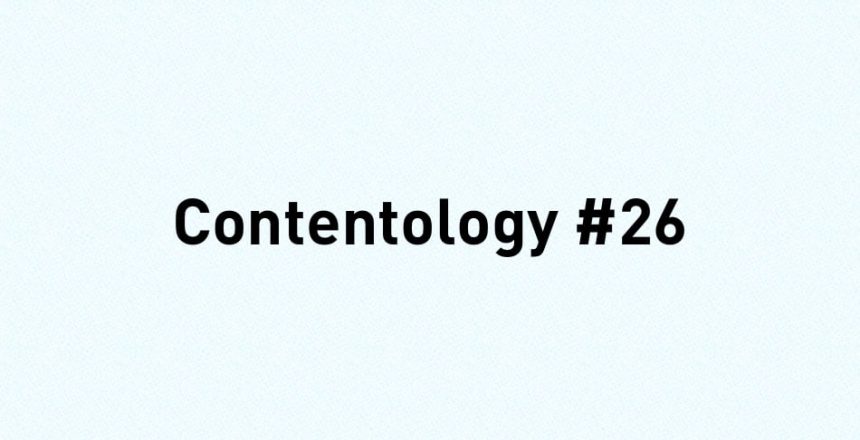It hasn’t exactly been one for the ages in 2018 so far. January was largely flu-filled and February wasn’t a whole heap better. It ended with a lazily titled ‘Beast from the East’ (surely ‘From Russia with Love’ would have been more appropriate?) to welcome us into March. A petulant toddler continues to reside in the White House, summer is ages away and Bowie is still dead. But look on the bright side…

Actually, the inclement weather this month has produced some rather interesting examples of how we behave as individuals and as a group. From the fireman who walked 14 miles through the snow to get to work, to the stranded rail passengers huddling together for warmth – and the other stranded rail passengers who thought ‘sod this’ and walked home along the tracks.
Terms like ‘heroic’ and ‘Blitz-spirited’ were not unfairly bandied about and it got us thinking about how we behave in groups and what attracts us to follow the example of others.
All of which brings us neatly and quickly to the subject of this month’s Contentology.
Opinion – Three’s a crowd, four’s a party.
This first quarter of the year is when many of us think about renewal, and part of this process often includes the ridding of dead wood. It’s a critical time for membership organisations as people forget to renew their membership, or just no longer see the value in their belonging.
In the 21st century, one would hope that most organisations of this nature would have moved beyond the cycle of sign-up, remind, remind again, renew, repeat – and moved towards a more progressive cycle of involvement and reward to keep their membership engaged. A lot has been written on the subject of how membership organisations should evolve, so we wanted to offer another and perhaps simpler perspective on the debate.
We’ve been thinking about the nature of crowds (one definition being ‘a group of people united by a common interest’) and how they behave. And there are lessons we might apply to our own businesses and how we manage our membership:
- Make it fun – Yes, you read that correctly. And we don’t just mean an endless stream of parties and awards. To anyone who’s been a member of anything, the same crowd doing the same thing loses its appeal after a while. Having fun is perhaps one of the strongest human influencers, and having fun as a group creates its own stories and a sense of belonging. An initiative by VW http://www.thefuntheory.com/ explored how having fun can change behaviour. By way of example, a rubbish bin was enabled to make a bomb dropping sound every time someone put something in it. In just one day it attracted 42kg more rubbish than a normal nearby bin. It’s worth a look.
- Be brave (or crazy) and others will follow – It’s almost become a cliché that membership organisations should have a ‘soapbox’, but few really do. So much of the communications we receive today are sanitised and checked for fear of upsetting the applecart. But when a brand or person does something against the flow it gets noticed and people follow. Sometimes because they secretly admire the standpoint and sometimes because they vehemently disagree. Either way, it stirs the emotions and creates momentum. A clear vision and common purpose unites like nothing else. As the saying goes, you can’t make an omelette without breaking a few eggs.
- Be more primary not secondary – In 1909, sociologist Charles Cooley identified Primary groups as those that played the most critical role in our lives. They were small, face-to-face and long-term. They served emotional needs. The best example would be a family. Secondary groups served a more instrumental function, with a more goal- or task-oriented role. Ultimately a much shorter-term union. An office environment is s good example of this. Now, if we think about the nature of our organisation in these terms we might start to uncover how we could be a little more primary in our behaviour towards our members – recognising them as individuals or small groups rather than one amorphous mass.
So how might content and content strategy help us to make roads with these perspectives?
Well, a strong and consistently managed editorial viewpoint is critical: creating content that stirs the emotions rather than just being practical, and using open channels that allow members to amend, create, use, discuss and disseminate in ways of their choosing. Accept that within any membership organisation groups form themselves – you just need to nudge them and let them do the rest.
And finally, think like a child. You know – colouring in, making stupid noises, falling over. They know how to make things fun. Adults have often forgotten, especially in a business environment. Making it fun is probably the trickiest part. It requires us to step out of our adult working space and think differently. No one forgets the gang they were in at school.
Content we like
1. A powerful demonstration of what amounts to having fun tells us all we need to know about leadership and how to create membership. The visual quality isn’t good but the VO by writer and entrepreneur Derek Sivers is excellent.
2. A very strong piece of video from the charity sector. If ever you wanted an example of how to use content to stir the emotions this is it. (Warning: contains strong language that you probably use all the time.)
3. And finally, a textbook case study in how to engender ongoing loyalty, increase footfall and develop new products through a loyalty programme from the world’s most famous coffee emporium.
Stats
Impress your mates or just widen your horizons with our carefully harvested statistics:
- As of June 2017, the Labour party had more than 3.5 times the membership of the incumbent Conservative government – 552k vs 150k (source: Electoral Commission)
- 79% of both millennials and Gen Xers want a strong loyalty programme, while 74% of baby boomers and just 66% of seniors feel the same (source: IRI worldwide)
- There were 6.2 million members of trade unions in the UK in 2016. This is down 4% from 2015 (source: ONS)
- 22% of the UK population use adblockers (source: IAB UK)
- Crowdsourcing techniques employed by P&G closed 75% of the problems posted over the past year. Meanwhile, P&G’s productivity has jumped 60%, and they have been able to introduce more than 100 new lines across various markets (source: crowdsource.com)
- Mobile dominates access to all social media channels in the UK against the laptop (source: Ofcom)
- Memberships of fitness clubs have risen by 5% in 2017 (source: State of the UK Fitness Industry report)
- More females are a member of a trade union than males – 26% vs 21% (source: ONS)
- In 2016 the use of crowdsourcing among the best global brands increased by 30% (source eYeka)
- Having fun is an important loyalty driver for 64% of teenagers vs 44% baby boomers (source: Rare Consulting)



